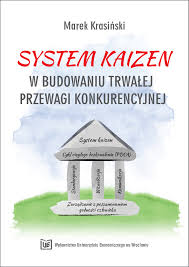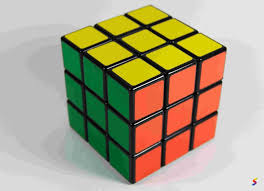Welcome to the Kaizen series. I hope you find the readings thought-provoking and inspiring. Please enjoy.
Kaizen is the responsibility of all the employees and not just a few selected people. There are different ways in which the Kaizen philosophy can be implemented in the workplace some of which are listed below.
Point Kaizen.
It is one of the most implemented types of Kaizens. It happens very quickly and usually without much planning. As soon as something is found broken or incorrect, quick and immediate measures are taken to correct the issues. These measures are generally small, isolated, and easy to implement, however, they can have a huge impact.
In some cases, it is also possible that the positive effects of point kaizen in one area can reduce or eliminate the benefits of point Kaizen in some other areas. An example of Point Kaizen could be a shop inspection by a supervisor, who finds broken materials or other small issues and then asks the owner of the shop to perform a quick Kaizen (5S) to rectify those issues.
System Kaizen.
System Kaizen is accomplished in an organized manner and is devised to address system-level problems in an organization. It is an upper-level strategic planning method that results in several planned Kaizen events over a long period of time. It is in contrast to point Kaizen which generally happens as a result of the identification of a small issue that is resolved quickly.

Line Kaizen.
‘Line’ in this context refers to a structured spreading of Lean from point or discrete to the line. For example, Kaizen might be applied to a process (point), but also to the downstream process. Those two points constitute a Line Kaizen.
Another example might be in Lean implemented in procurement, but also being implemented in the planning department.
Here in this case, planning is upstream from procurement and Kaizen is performed at those two points, which thus forms a line.
Plane Kaizen.
It is the next upper level of Line Kaizen, in that several lines are connected. In modern terminologies, this can also be described as a value stream, where instead of traditional departments, the organization is structured into product lines or families and value streams. It can be visualized as changes or improvements made to one line being implemented to multiple other lines or processes.
Cube Kaizen.
Cube Kaizen describes a situation where all the points of the planes are connected to each other, and no point is disjointed from each other. This would resemble a situation where Lean has spread across the entire organization. Improvements are made up and down through the plane, or upstream or downstream, including the complete organization, suppliers, and customers. This might require some changes in the standard business processes as well.

For more blogs, please visit www.NicksDigitalSolutions.com and choose Nick’s blog.
For E-Learning material, please visit www.NicksDigitalSolutions.com and choose the E-Learning shop (in particular, Pathways to Success).
Nick Thorne is the founder of Nick’s Digital Solutions Limited. He lives in Levin, New Zealand.

Cat Scan performed
